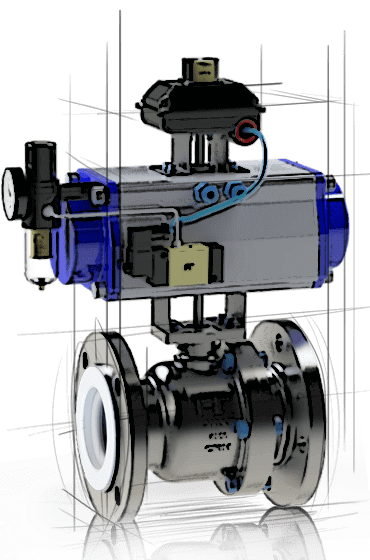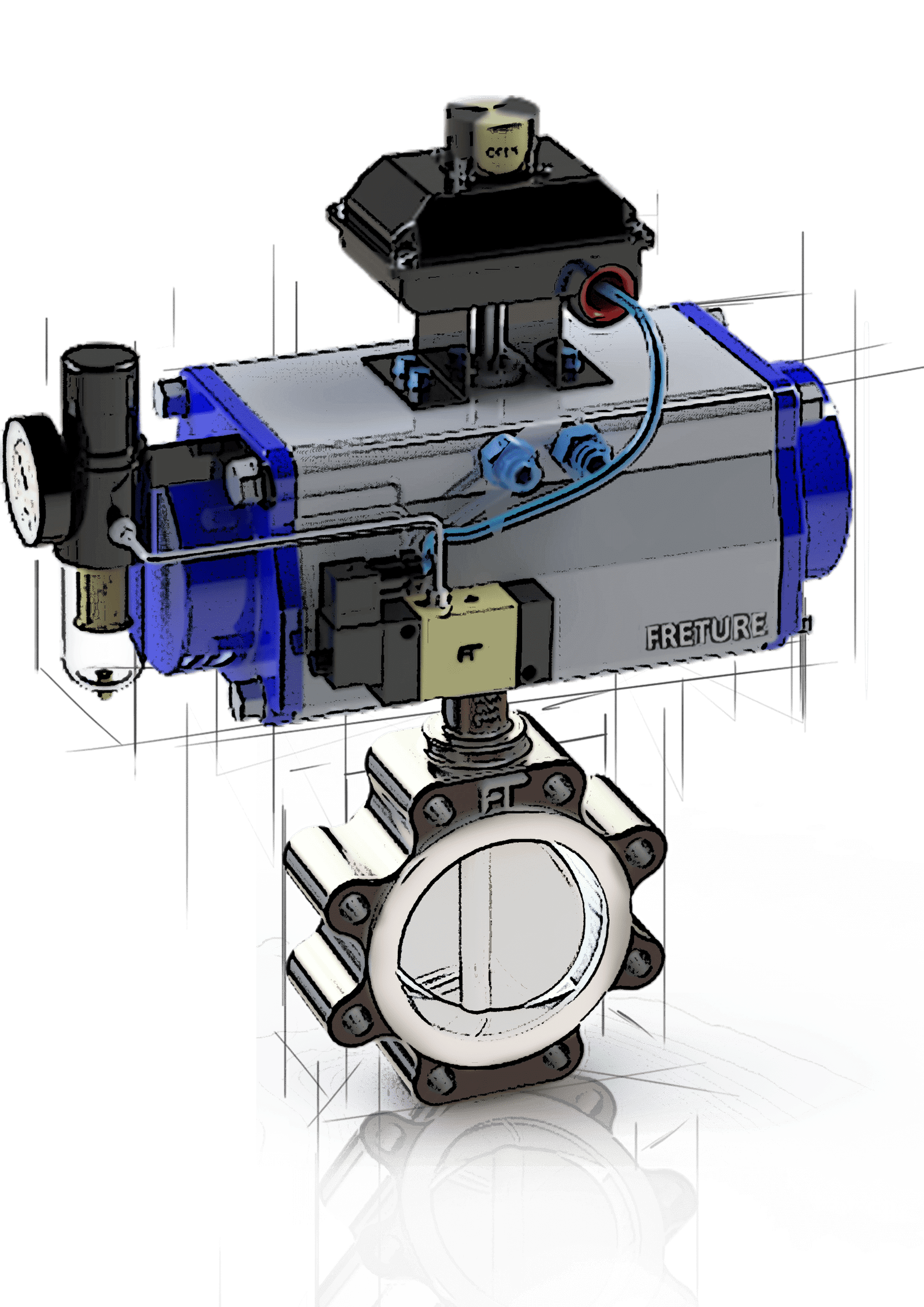In the ever-evolving landscape of industrial processes, the selection of valves plays a pivotal role in ensuring efficiency, reliability, and cost-effectiveness. In recent years, the debate between lined valves and traditional valves has gained prominence, with industries seeking to optimize performance while balancing economic considerations. This article aims to conduct a thorough comparative analysis, delving into factors such as cost-effectiveness, performance, reliability, and the decision-making process for selecting the appropriate valve type for specific applications.
I. Understanding Lined Valves and Traditional Valves
Lined Valves: A Shield Against Corrosion
Lined valves are equipped with a protective layer, often made of materials like PTFE (polytetrafluoroethylene) or PFA (perfluoroalkoxy), which shields the valve from corrosive substances. This feature makes lined valves particularly suitable for industries dealing with corrosive media, such as chemicals and acids.
Traditional Valves: Time-Tested and Versatile
On the other hand, traditional valves, often made of materials like stainless steel or cast iron, have been the stalwarts of the industry for decades. Their robust construction and versatility make them suitable for a wide range of applications, from water treatment plants to oil and gas facilities.
II. Cost-Effectiveness: The Bottom Line
Lined Valves: Upfront Investment vs. Long-Term Savings
While lined valves may incur a higher upfront cost due to the specialized lining materials, their resistance to corrosion can result in long-term savings. Reduced maintenance and replacement costs make lined valves a cost-effective choice for industries dealing with aggressive and corrosive fluids.
Traditional Valves: Initial Affordability vs. Maintenance Costs
Traditional valves often boast a more affordable initial cost, making them an attractive option for applications with less demanding environmental conditions. However, ongoing maintenance and potential replacement costs in corrosive environments can impact the long-term affordability of traditional valves.
III. Performance: The Precision Game
Lined Valves: Precision in Corrosive Environments
The protective lining of these valves ensures that corrosive substances do not compromise the valve's structural integrity. This results in consistent performance, making lined valves an ideal choice for applications where precision and reliability are paramount.
Traditional Valves: Versatility Across Applications
Traditional valves, with their sturdy construction, offer versatility across a broad spectrum of applications. However, their performance may be compromised in environments prone to corrosion, making them less suitable for certain specialized industries.
IV. Reliability: Ensuring Uninterrupted Operations
Lined Valves: Corrosion Resistance Equals Reliability
The corrosion-resistant properties of lined valves translate into enhanced reliability, especially in environments where corrosion can undermine the functionality of traditional valves. The lined layer acts as a safeguard, ensuring uninterrupted operations and minimizing downtime.
Traditional Valves: Dependable Across Standard Environments
In standard operating conditions, traditional valves demonstrate reliability and dependability. However, their susceptibility to corrosion can make them less reliable in environments with aggressive chemical agents.
V. Decision-Making Process: Choosing the Right Valve for the Right Job
The decision-making process for selecting between lined valves and traditional valves hinges on a thorough assessment of the application's requirements. Factors such as the nature of the fluid, operating conditions, and budget considerations play a crucial role.
Considerations for Lined Valves:
Fluid Compatibility: Ideal for corrosive and aggressive media.
Long-Term Cost Analysis: Evaluate the total cost of ownership, factoring in maintenance and replacement costs.
Industry Specifics: Suited for industries dealing with chemicals, pharmaceuticals, and petrochemicals.
Considerations for Traditional Valves:
Versatility: Optimal for applications with non-corrosive or mildly corrosive fluids.
Initial Cost: Attractive for projects with budget constraints.
Industry Compatibility: Well-suited for a wide range of industries with diverse operating conditions.
VI. Conclusion: Balancing Act for Optimal Performance
In the clash between lined valves and traditional valves, there's no one-size-fits-all solution. The decision boils down to a meticulous evaluation of application-specific requirements. While lined valves offer a robust defense against corrosion, traditional valves provide versatility at a more affordable initial cost. Industries must weigh the pros and cons to strike the right balance between performance, reliability, and cost-effectiveness, ensuring that the chosen valve aligns seamlessly with the demands of the operation at hand. In the end, the key is to make an informed decision that aligns with both current needs and future considerations.

